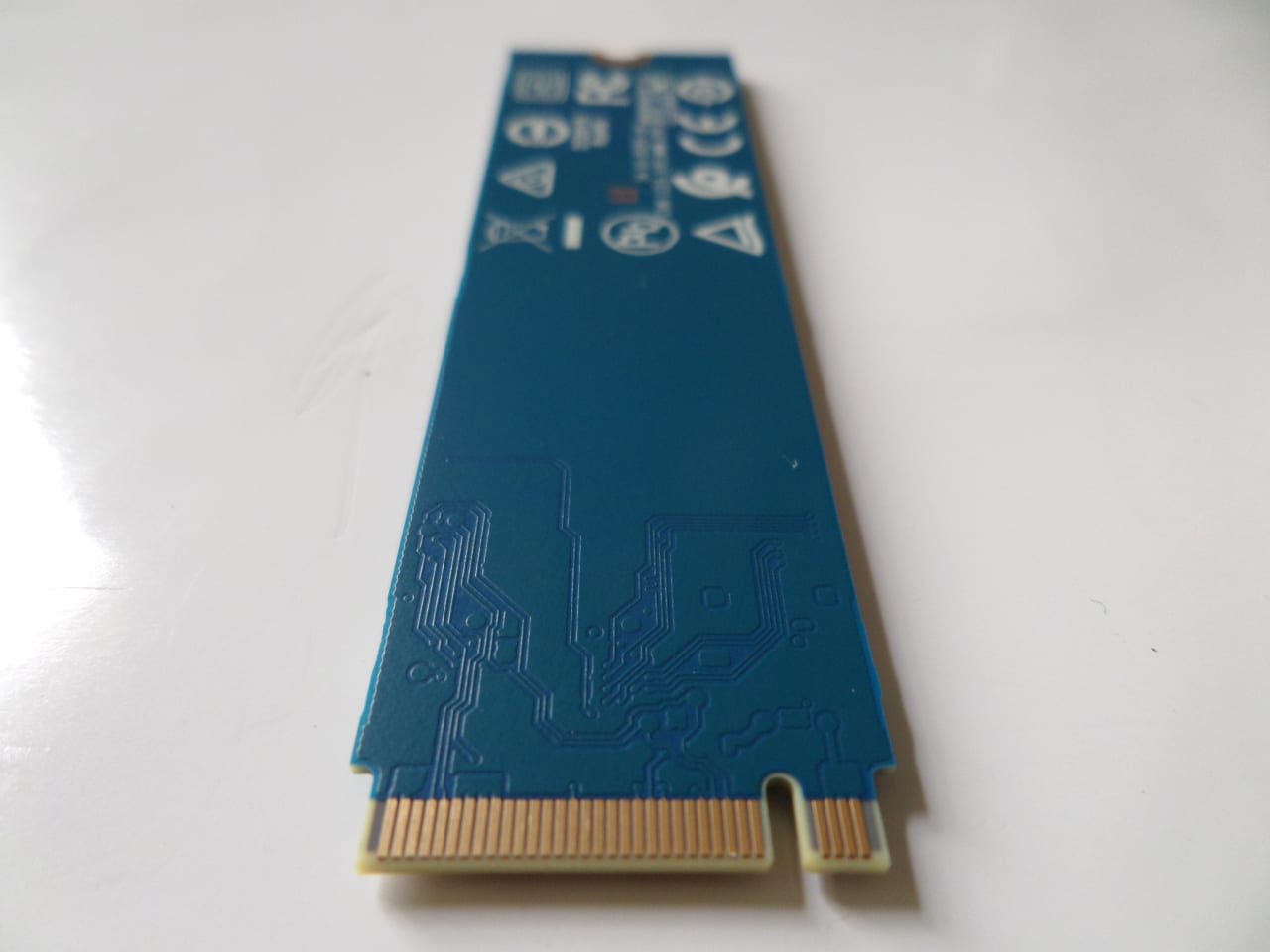A Solid-State Drive (SSD) is a secondary storage medium used in computers to permanently store data. There are different types of SSDs, most notably NVMe and SATA. Shoppers face the decision of choosing between not only SATA and NVME SSDs, but M.2 and conventional SATA SSDs. NVMe means NVM express (Non-Volatile Memory Express), and it uses the NVMHCIS specification.
One of the largest differences between an SSD and a hard disk drive is the fact that SSDs are not mechanical. Hard disk drives store data on spinning platters (discs).
What Is M.2?
M.2 refers to a type of physical interface used to connect peripherals to a computer’s motherboard. An M.2 interface may serve the purpose of hosting a Wi-Fi adapter (for example), or a drive such as an SSD. Either an NVMe or SATA SSD can be connected to a computer via an M.2 slot, but it’s not that simple.
The type of SATA SSD you can connect via M.2 requires a special M.2 SATA connector (and these SSDs look like a memory stick, just like NVMe SSDs). These M.2 slots unfortunately look very similar to NVMe slots, and are not compatible with NVMe drives. They have two keys, or two notches. NVMe compatible slots only have one notch like the M.2 NVMe drive shown below:
Here’s an M.2 SATA SSD (notice the two notches). Be sure to confirm which type of M.2 slot your computer has:

NVMe Vs SATA SSDs: Which is better?
Aside from the crucial point that you have to use the type that your computer supports (unless you find a converter), NVMe SSDs are significantly faster than their SATA counterparts. SATA is a broadly-used interface that is now aging (it has been around for decades). M.2 NVMe SSDs are fast for two key reasons:
- They use fast solid-state storage.
- Their interface allows them to transfer data to and from the CPU faster, eliminating the performance bottleneck that SATA causes.
NVMe drives easily achieve speeds well over 2,000 MB/s, which is a significant improvement from the 500MB/s range achieved by most SATA SSDs (both M.2 SATA and conventional 2.5 inch SATA models). Another perk is their small size, which is especially convenient for laptops and small form factor (SFF) PCs.
To reiterate: There are M.2 SATA SSDs, and conventional SATA SSDs. Conventional SATA SSDs come in a 2.5 inch plastic case (usually) shaped exactly the same as a laptop hard drive. It also connects to your motherboard via the same two SATA cables that hard drives are (unlike M.2 drives, which are plugged directly into the motherboard without cables).
Here are two conventional SATA SSDs on top of a 3.5″ HDD.:









